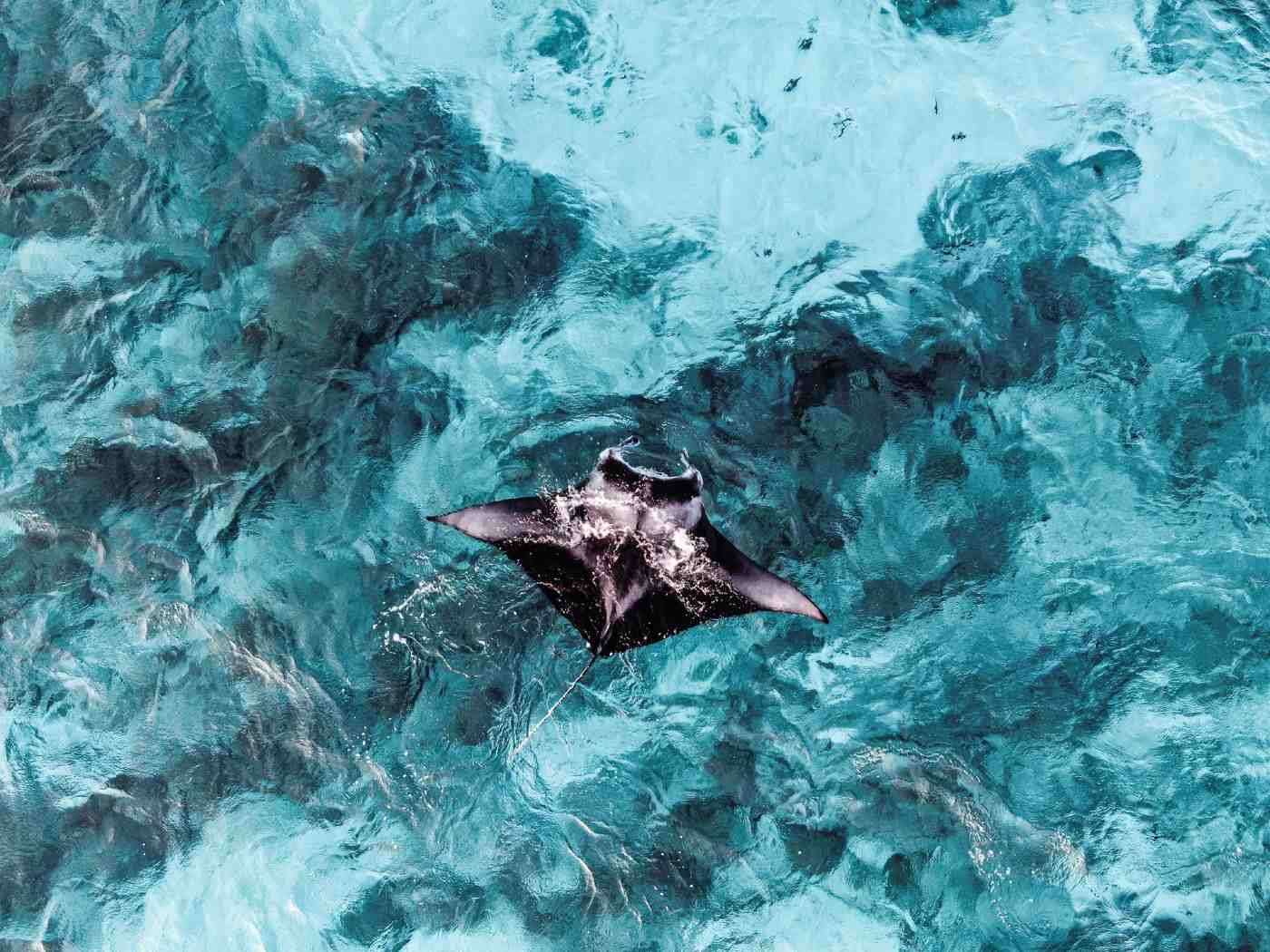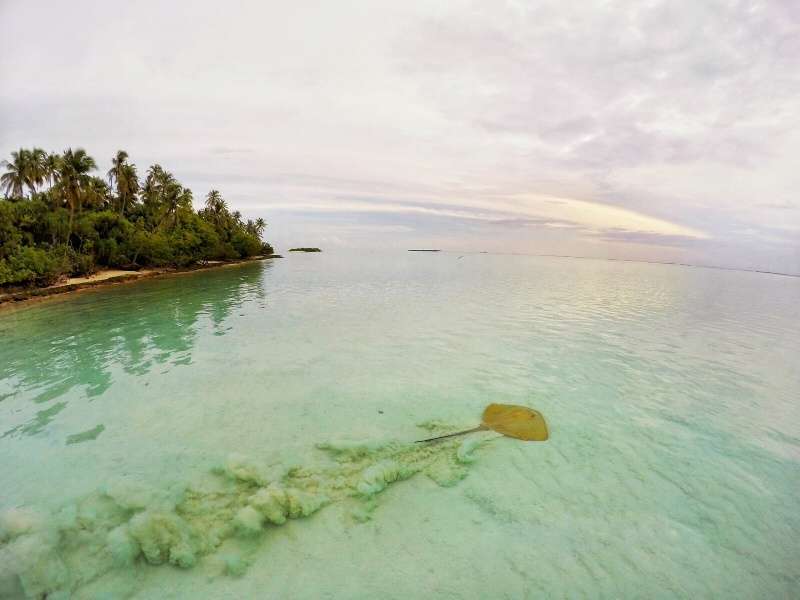Lucky Dog Gets Adopted By Oil Rig Worker Who Found Him Swimming 135 Miles From Thai Coast
Oil rig offshore planner Vitisak Payalaw was part of the team who rescued Payalaw the dog 135 miles off the Thai coast from an oil rig.

In what is only the third-such discovery in science, an ultra-rare manta ray nursery was found right under scientists' noses off the busy coast of South Florida.
It was discovered after scientists observed a large concentration of juveniles off a 58-mile stretch of coast from the St. Lucie Inlet to Boynton Beach.
Most of the juveniles were seen many times over in the same area across a period of years.
Experts know of only two other nurseries, one in the Gulf of Mexico and the other in Indonesia, and the discovery of a third unlocks various new avenues of study: The graceful glider's breeding habits are almost entirely a mystery, so an opportunity to study them close to home for U.S. scientists is good news.
How they manage to survive and stay relaxed while swimming through the waters in front of beach resorts like Margaritaville and Mar-a-Lago, however, is something that creates far more questions than answers.
Rays, an ancient animal species that evolved alongside plants, are not well understood.
CHECK OUT: Watch Beach Goers Help Giant Stranded Manta Ray Get Back to the Ocean
The two-ton manta ray, with its black and white skin colors and 30-foot wingspan, is almost universally identifiable. But the gentle giant must be among the least understood animals when you consider its fame.

"There's so little we know about mantas," Marine Biologist Jessica Pate tells National Geographic.
Pate is the author of a new paper regarding her discovery of the Florida manta ray nursery, and reminds the magazine that their preferred birthing grounds, lifespan, mating selection criteria, and how they give birth are all completely unknown.
Pate would further detail in her paper that the genetics of the Florida mantas were unique enough to possibly be considered a third, distinct species-serving again to reiterate the lack of knowledge about the animals.
Manta rays can't breed until 8-10 years old, so nurseries tend to have abundant food supplies and no predators. Once they're old enough to breed, when they have around 1-2 pups every few years, they're also too big for most predators and can drift further afield free of fear.
CHECK OUT: Scientists 'Blown Away' By Discovery of Longest Animal Ever Recorded-And It's Quite Beautiful
Learning how mantas breed and travel can help science form guidelines about how to protect them from overfishing and being wounded in contact with fishing equipment, as 46% of the Florida juveniles had been. This is extra important given that both recognized species are listed as vulnerable by the International Union for the Conservation of Nature.
In 2018, mantas were listed under the U.S. Endangered Species Act, an action which requires critical habitat conservation designations to follow. Until Pate's discovery, no such habitat could be identified, and she recommends immediate consideration of the surveyed area for protection.
"These mantas are living in South Florida with millions of people, so protecting them won't be easy," Pate said. "But as manta rays around the world are declining, this could be a really important population to safeguard the species."
HELP Your Friends Sea This Story And Share On Social Media…
Be the first to comment